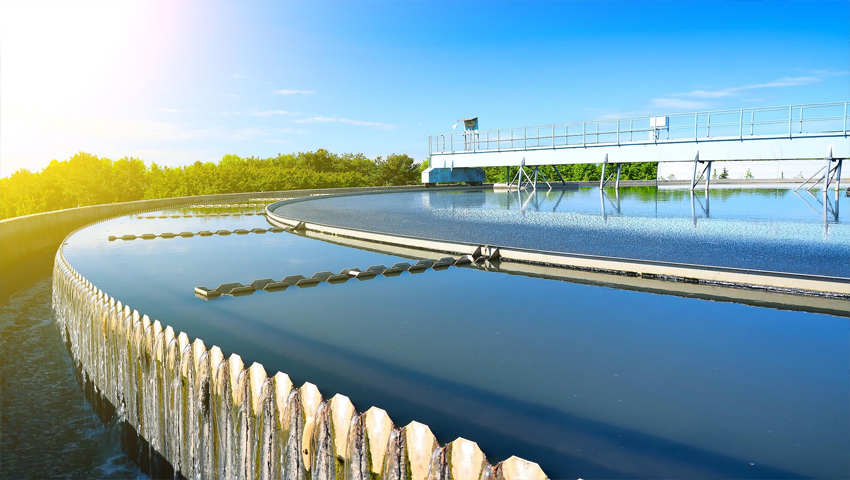
In a pioneering water treatment initiative, UVC LED technology has emerged as a game-changer, showcasing its efficacy in disinfecting water and ensuring the delivery of safe, clean drinking water. This case study highlights the successful application of UVC LED devices in a water treatment facility, illustrating their effectiveness in eliminating harmful microorganisms.
Fundal: The water treatment plant, serving a community of over 100,000 residents, faced challenges associated with traditional water disinfection methods. Conventional techniques often required the use of chemicals, were time-consuming, and raised concerns about potential harmful by-products.
Implementation: The water treatment facility opted to integrate UVC LED devices into its disinfection process. UVC light, with a wavelength range of 200 la 280 nanometri, is known for its germicidal properties, effectively disrupting the DNA of microorganisms and preventing their replication.
Results: Upon the installation of UVC LED devices in key points of the water treatment process, including UV reactors and disinfection chambers, the facility observed a remarkable reduction in microbial contamination. Bacterial and viral counts decreased significantly, meeting and exceeding regulatory standards for safe drinking water.
Key Benefits:
Chemical-Free Disinfection: UVC LED technology provided a chemical-free alternative to traditional disinfection methods, eliminating the need for potentially harmful chemicals in the water treatment process.
Energy Efficiency: UVC LEDs are energy-efficient, requiring lower power consumption compared to conventional UV lamps. This not only reduced operational costs but also contributed to the facility’s sustainability goals.
Reduced Maintenance Downtime: The longevity of UVC LED devices led to reduced maintenance downtime, ensuring consistent water treatment without frequent interruptions for equipment replacement.
Improved Water Quality: The implementation of UVC LED technology led to a notable improvement in water quality, providing residents with confidence in the safety of their drinking water.
Concluzie: This case study underscores the successful integration of UVC LED technology in water treatment, showcasing its potential to revolutionize disinfection processes. The positive outcomes in terms of water quality, energy efficiency, and reduced reliance on chemicals position UVC LED devices as a sustainable and effective solution for addressing waterborne contaminants in treatment facilities worldwide.
 LED-ul învolburat 1000-1750nm
LED-ul învolburat 1000-1750nm
